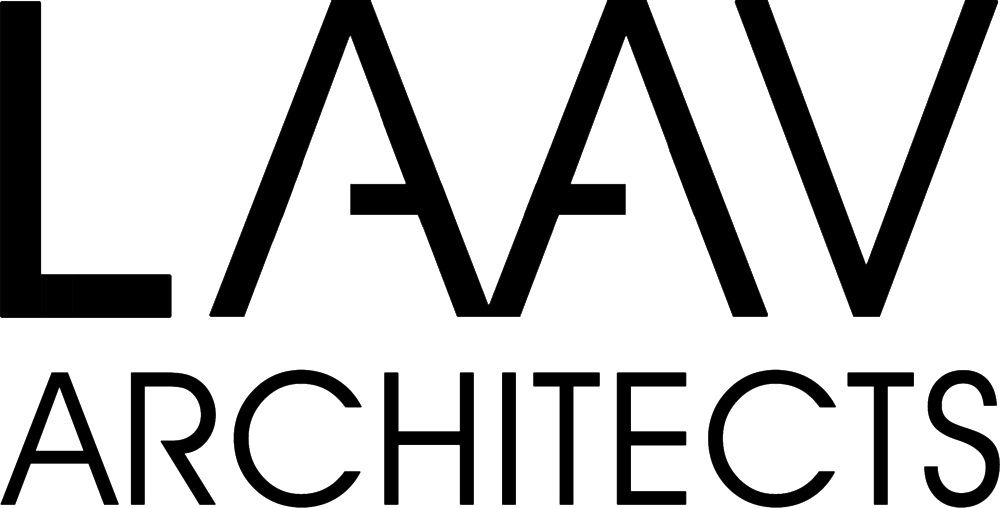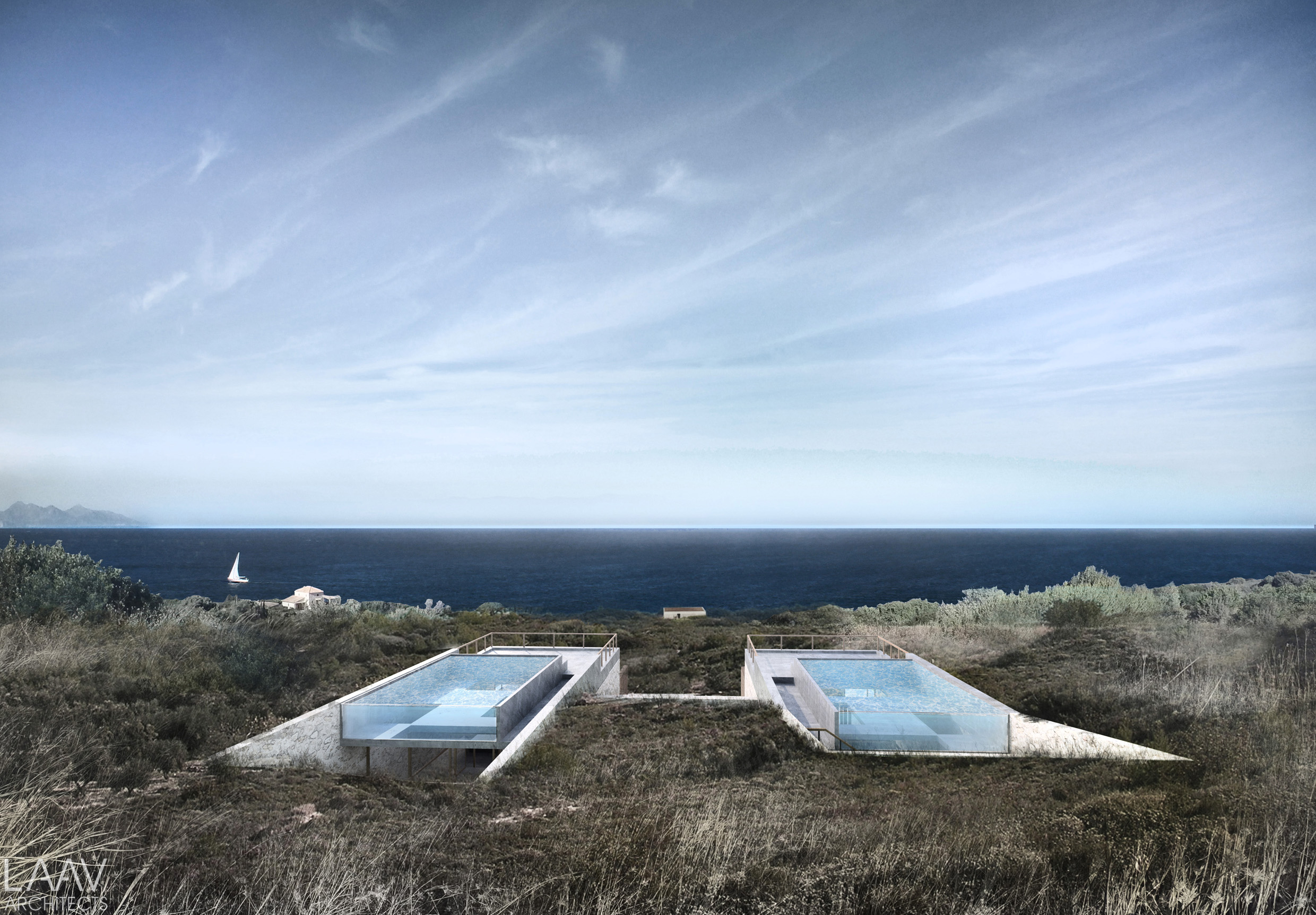Water caves
In collaboration with Camille Barbo.
Project Architect: Laertis Antonios Ando Vassiliou
Team: Camille Barbo
Client: Future Camp – Gabriele Kull
Location: Zakynthos, Greece
Links: http://futurecamp.vision/ | https://www.ethz.ch/en.html | https://www.camillebarbo.com/
The Water Caves is a vision and these images should be regarded as such. Every vision leads to a future. We want a future where sustainability can be attractive to users, functional but also poetic. Therefore we created the Water Caves.
The Water Caves, is an experimental eco-resort pilot project of two 75m2 hospitality units in Zakynthos, Greece. Purpose of the project is to promote the ecological lifestyle for a more sustainable, autonomous tourism. This project was created for the Future.Camp and Gabriele Kull, together with the ETH Zurich and has the following "green" features (each 75m2 unit):
- It is placed inside the Earth (80% of its volume), therefore there are no thermal losses as the ground insulates the structure.
- At the same time, through the (65cm depth) pond bottom openings natural light is brought in the interior.
- The water of the swimming pond on top cools-off the interior during the hot summer months.
- The whole unit is an open, permeable space with all "rooms" having direct connection. This way, there is a (controllable) 24/7 ventilation within the house which makes the use of A/C unnecessary.
- The back, vertical garden and the planted front patio create green for both ends of the unit which contribute to the creation of a cooler micro-climate within the unit.
- Stone walls: The vertical walls are made of the stone extracted from the excavation pit for the units. This way there is a re-use of the local, contextual material, one of the most sustainable building strategies. At the same time it is a traditional way of construction in the island of Zakynthos, therefore you integrate with the local architecture.
- Materials: The whole units consists out of three horizontal slabs which can be made out of concrete or steel with any preferred finishing. It is suggested that the highest slab (ceiling) should be made of concrete in order to bear the load of the pond.
- Water circulation is designed in a way to avoid high-pressure pumps, just by using gravity. Water recycling and storage is also critical for the project (for example shower water gathers in water tank below and can be used for WC flushing).
- In the submerged garden there is plantation of vegetables and fruits as long as a water pond with home-grown fish for domestic use.











